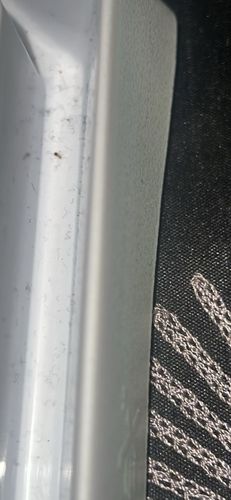Pharaoh Ant
Scientific Name: Monomorium pharaonis
Order & Family: Hymenoptera, Formicidae
Size: 1.5 - 2.0 mm (workers)

Natural Habitat
Pharaoh ants are often found indoors, particularly in warm, humid environments. They build nests in hidden, inaccessible places such as wall voids, under floors, behind baseboards, inside furniture, or even in appliances. They are a common pest in homes, hospitals, hotels, and food establishments.
Diet & Feeding
Opportunistic feeders, Pharaoh ants are omnivorous. Their diet primarily consists of high-protein and high-carbohydrate foods, including sweets, greases, meats, and other household food items. They are also known to feed on dead insects and can sometimes infest sterile materials in hospitals.
Behavior Patterns
These small ants are typically social insects, living in colonies that can range from a few dozen to several thousand individuals. They are known for their trailing behavior, forming distinct lines as they search for food. They are active foragers and are often seen indoors, especially in kitchens or pantries, seeking out sweet or fatty food sources. Like many ants, they communicate using pheromones.
Risks & Benefits
Pharaoh ants are primarily considered a pest. They can contaminate food and sterile materials, and due to their small size and ability to nest in multiple locations, they are extremely difficult to eradicate. In hospitals, they pose a significant health risk by potentially transmitting pathogens and contaminating sterile equipment and patient wounds. They offer no known benefits to humans or ecosystems in an indoor setting.
Identified on: 8/20/2025